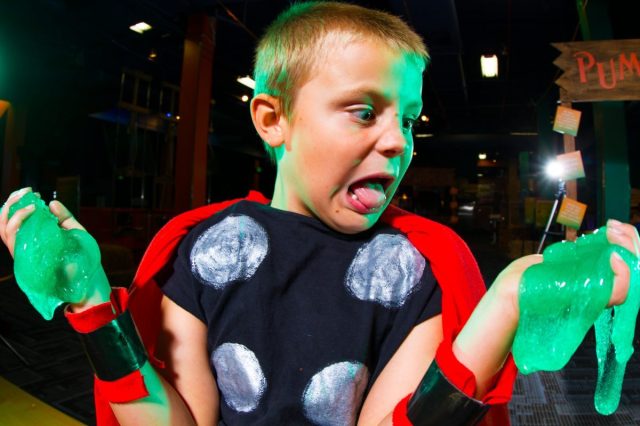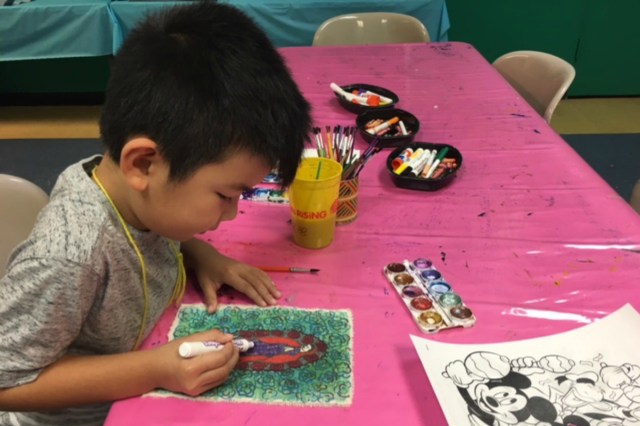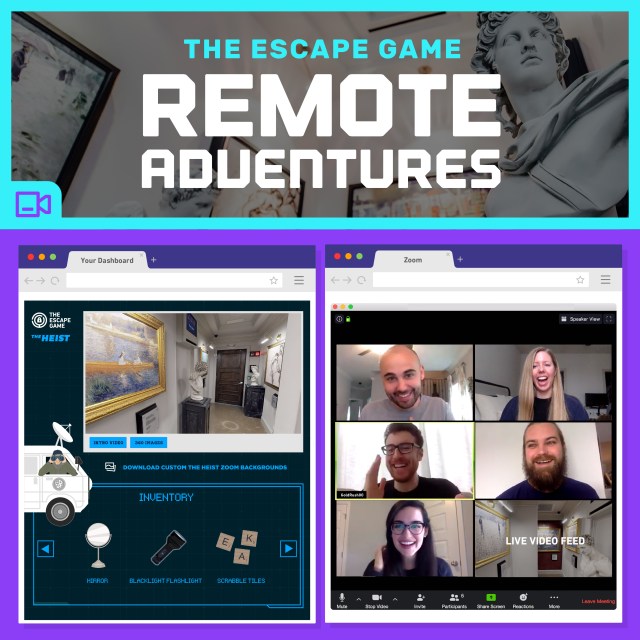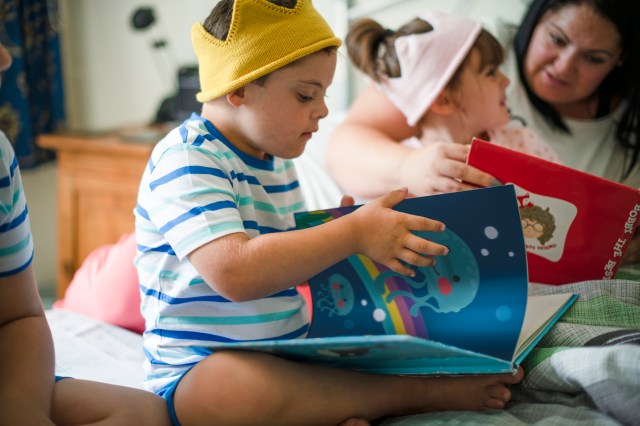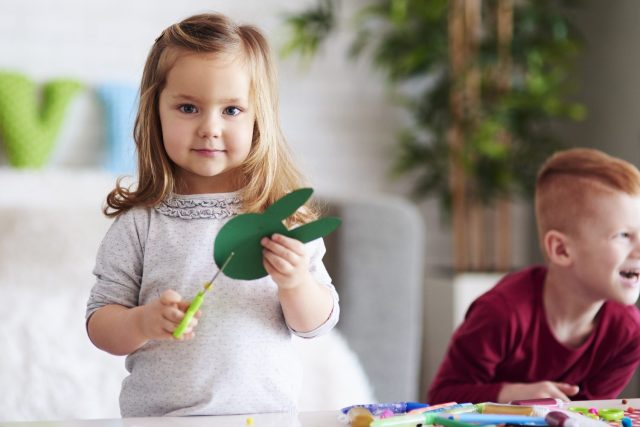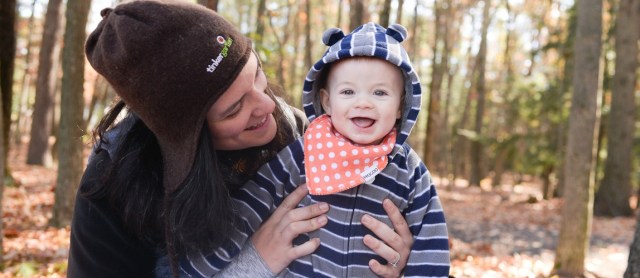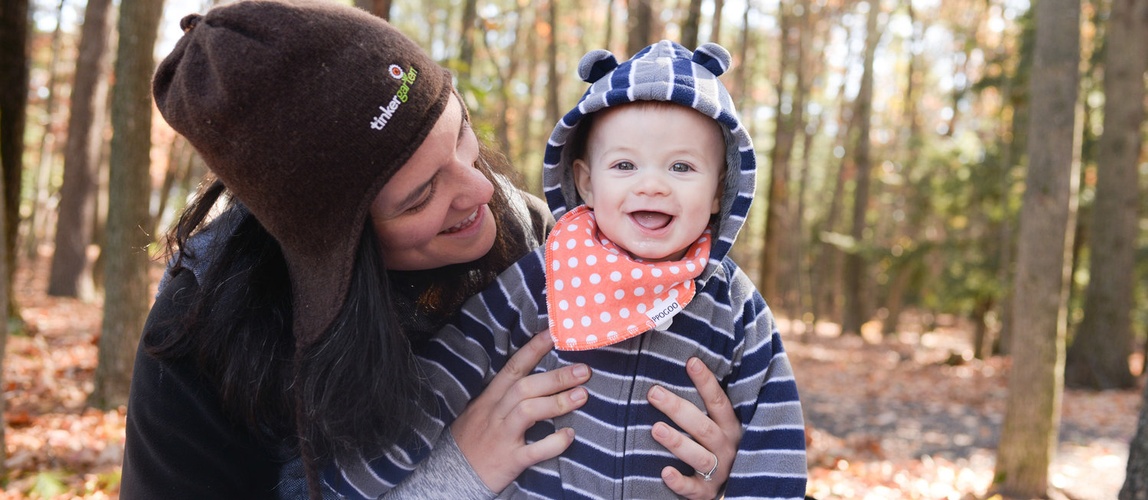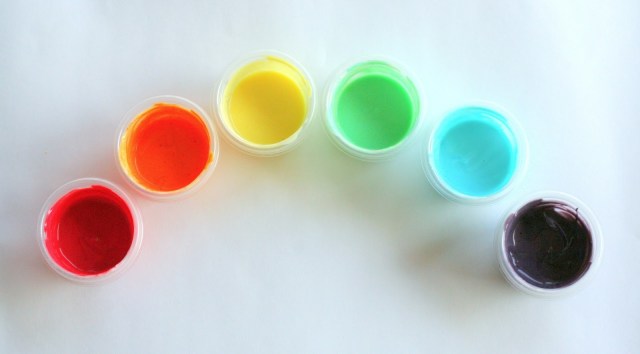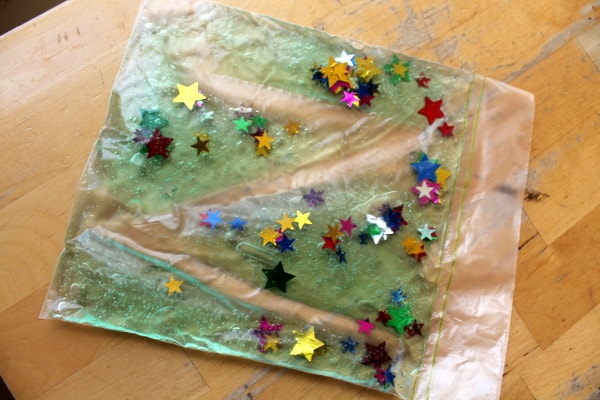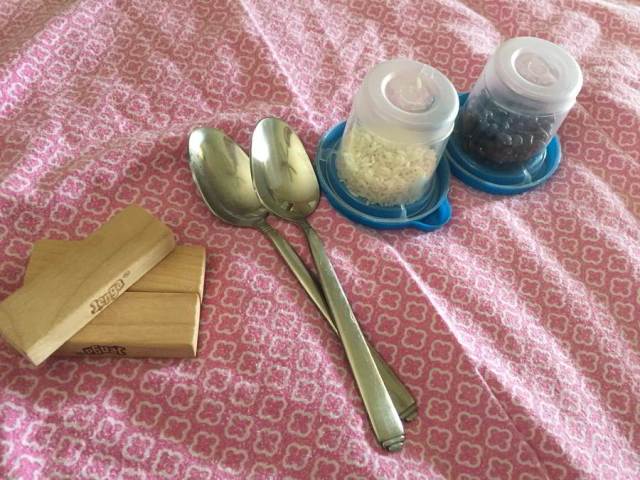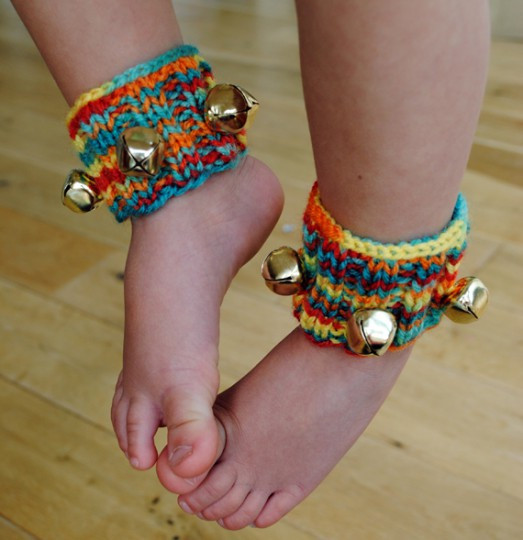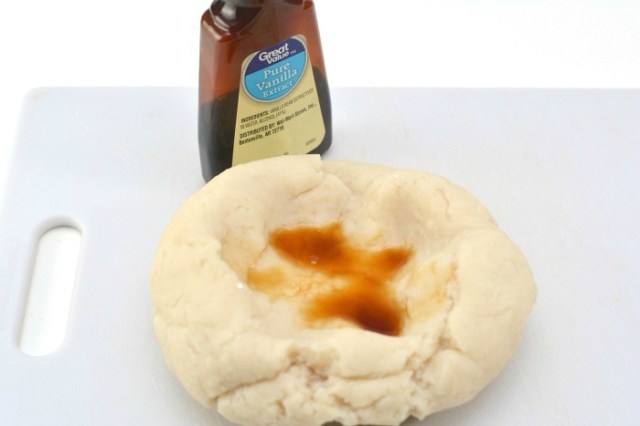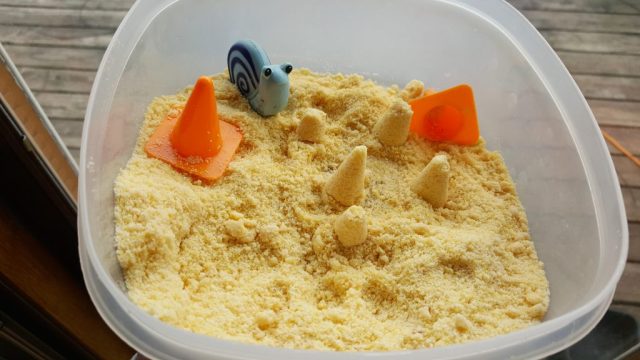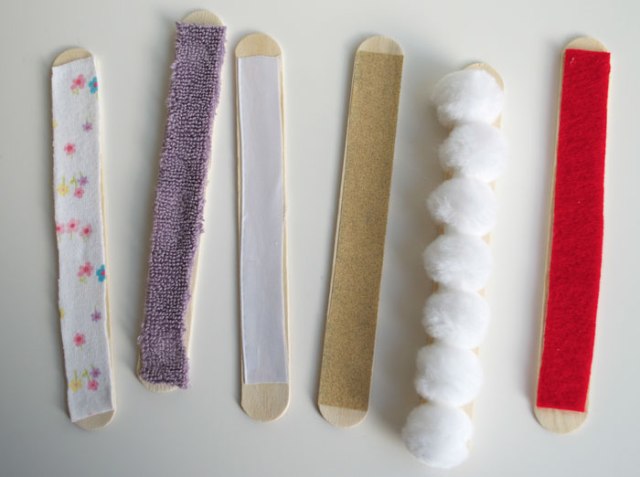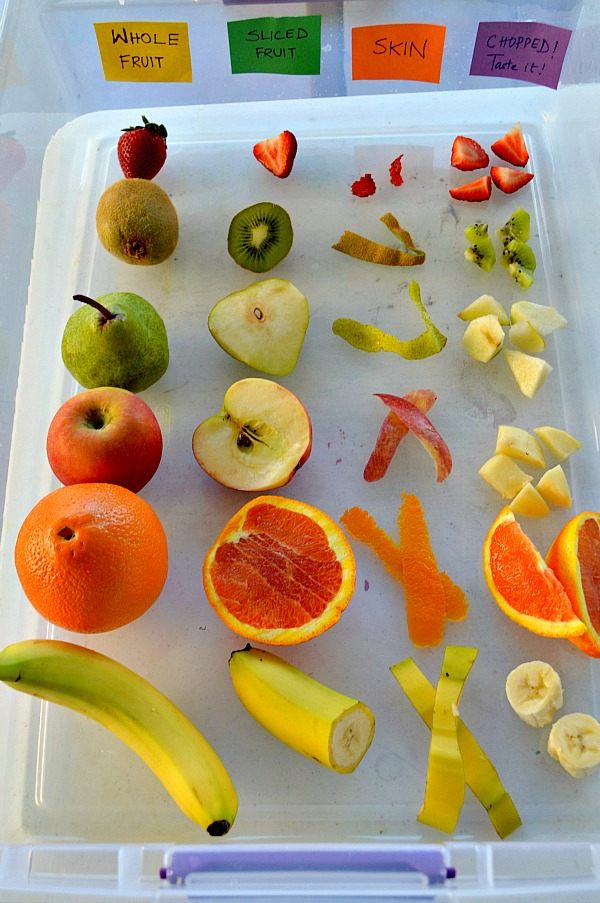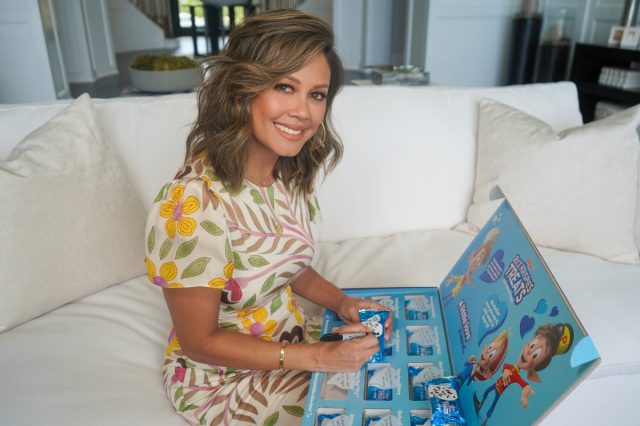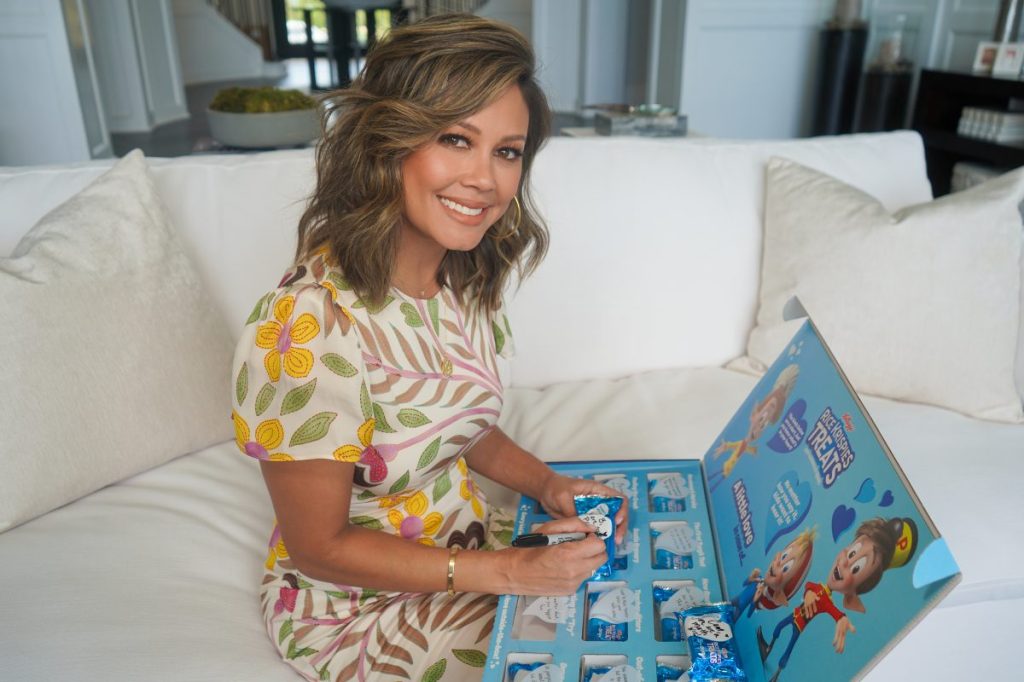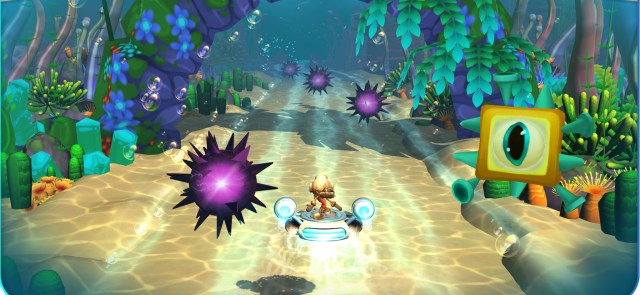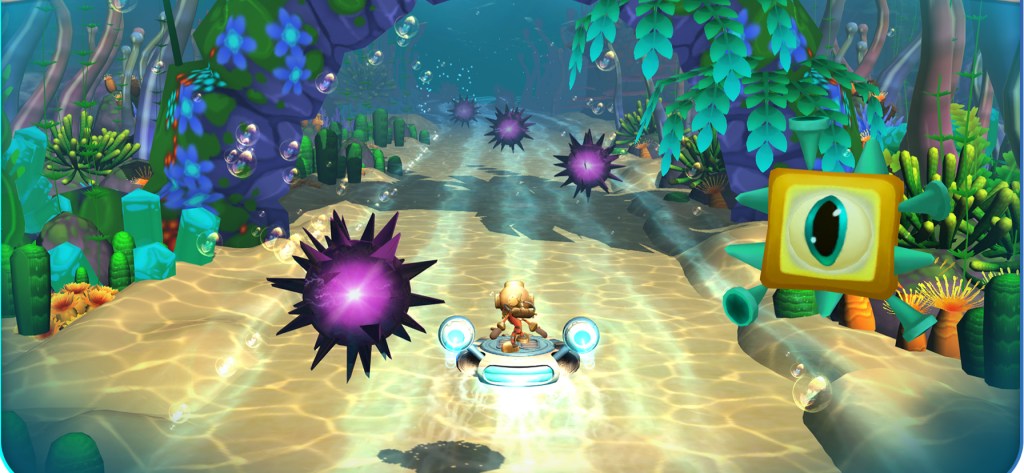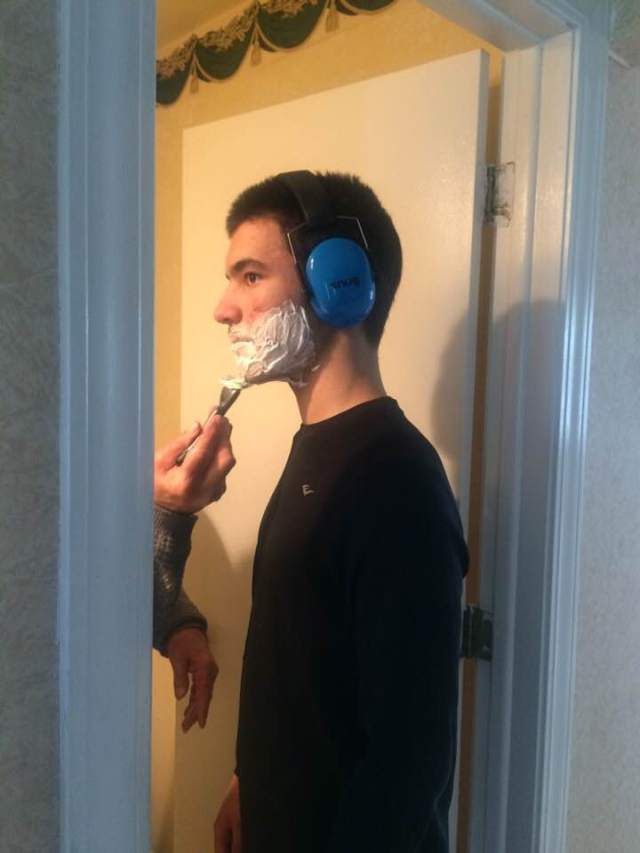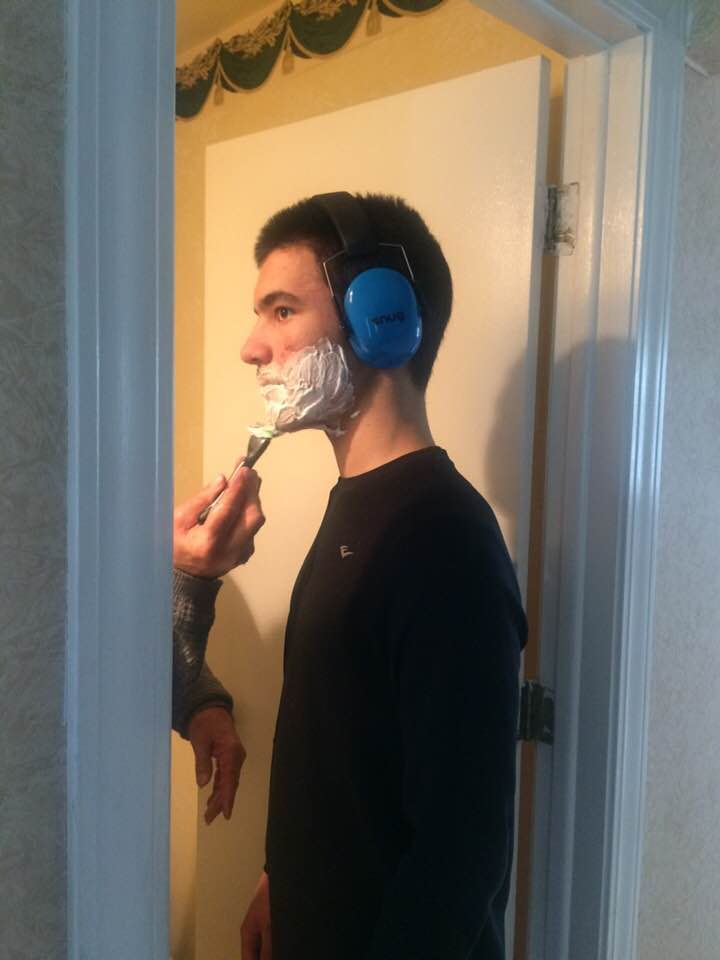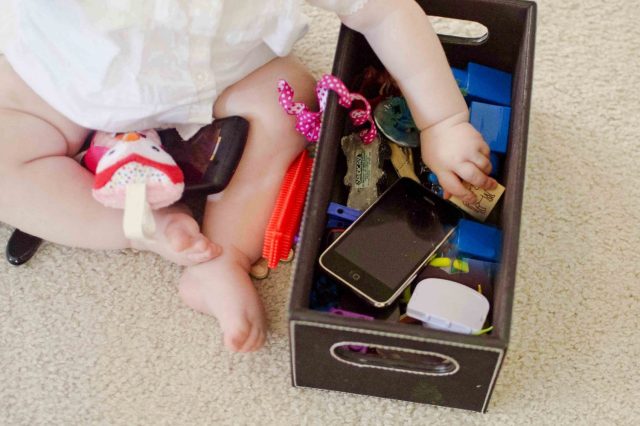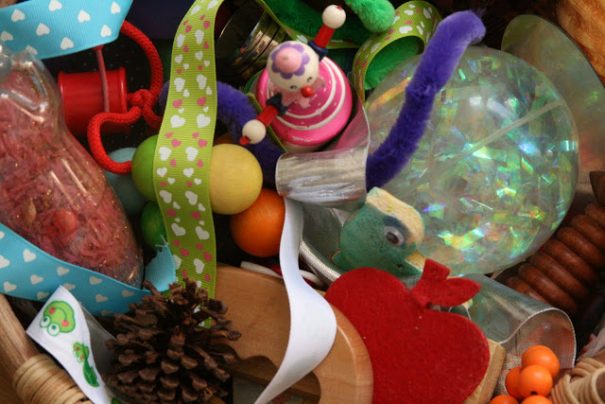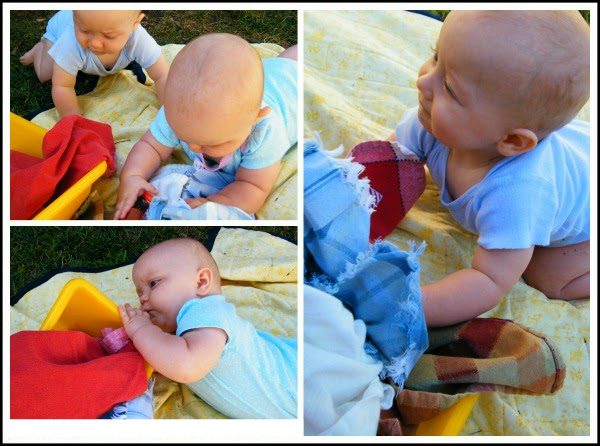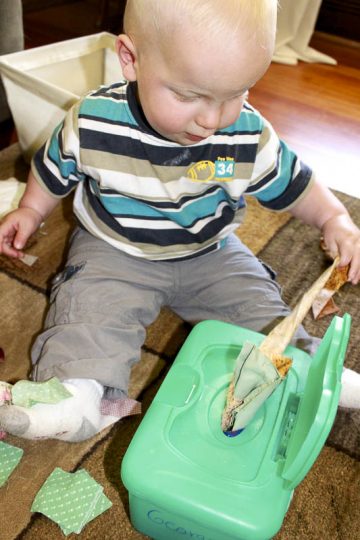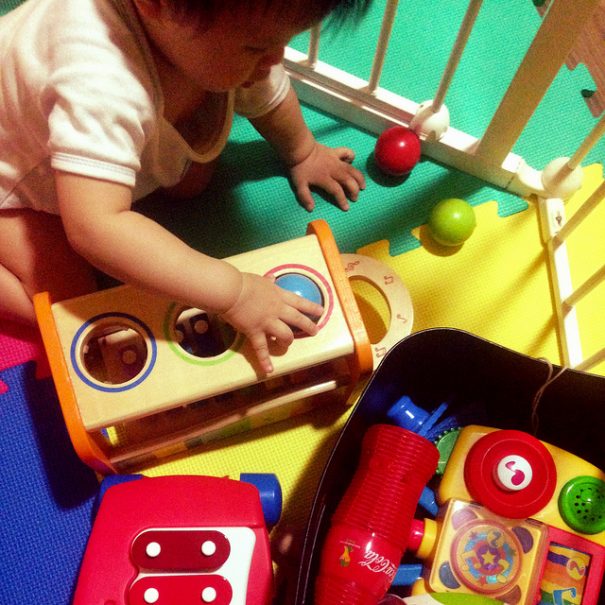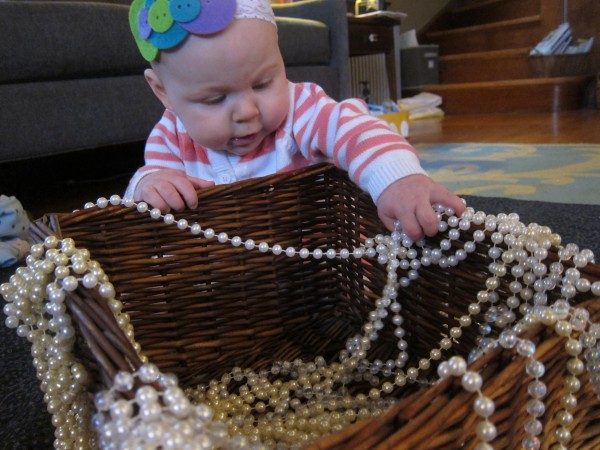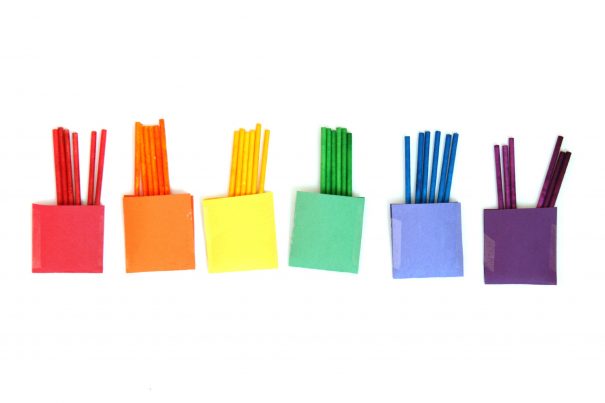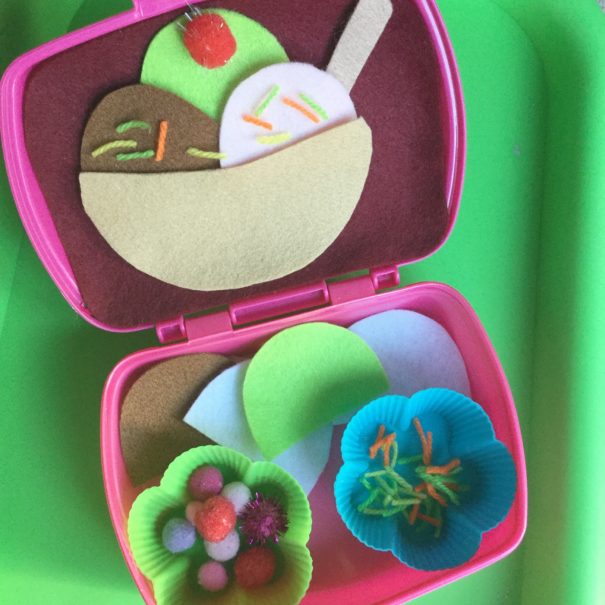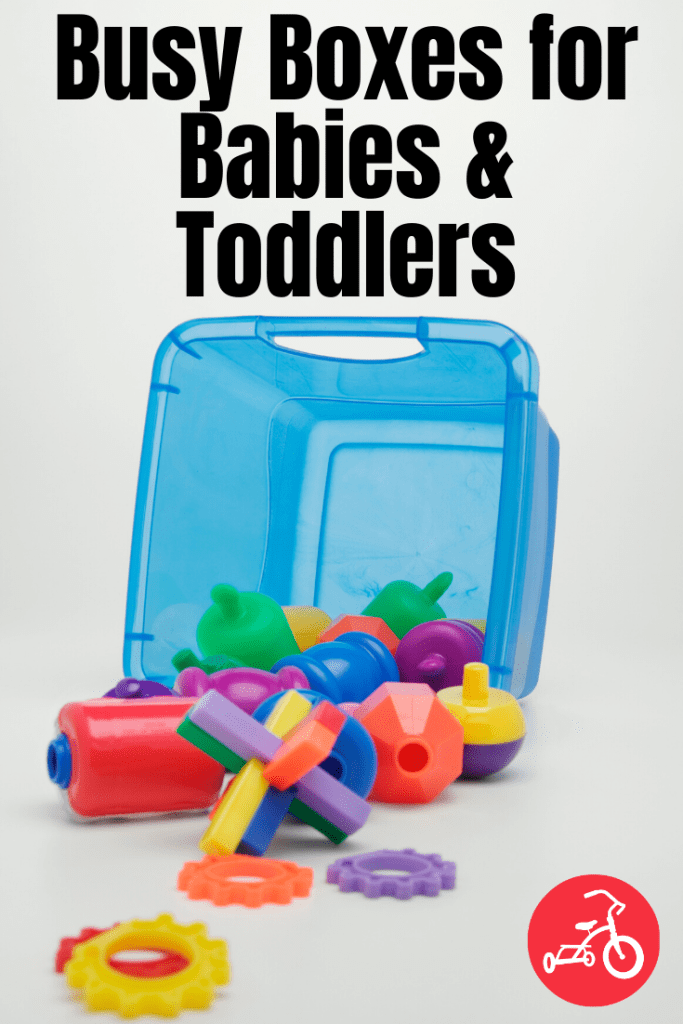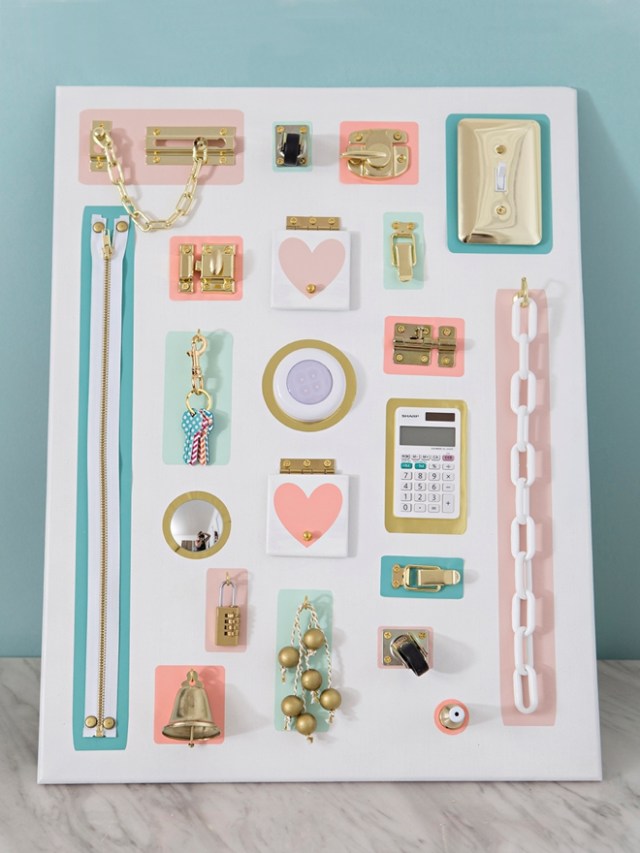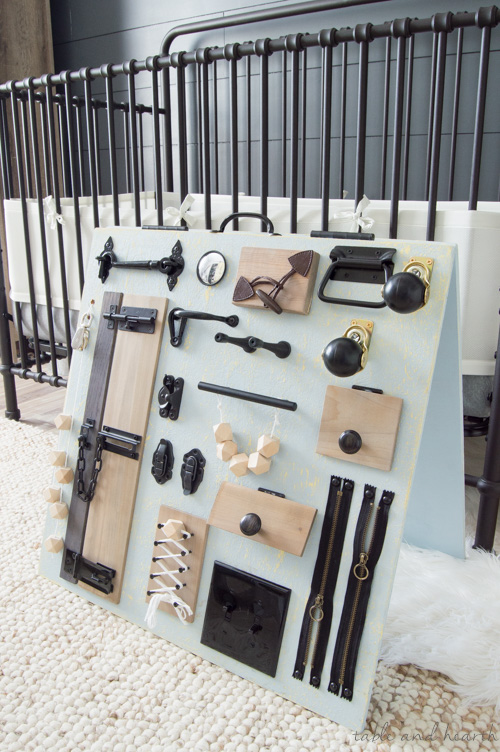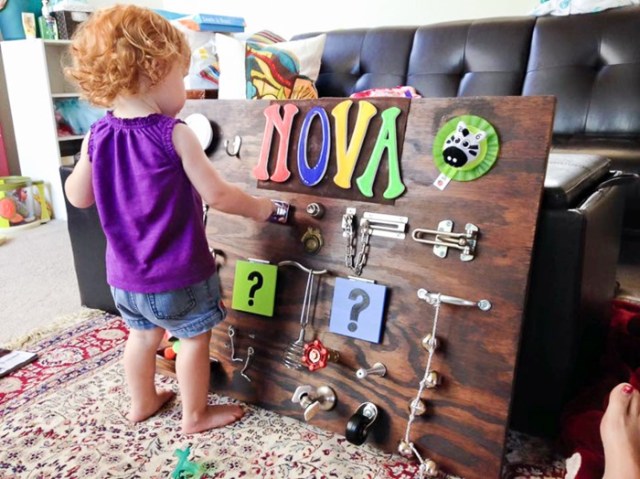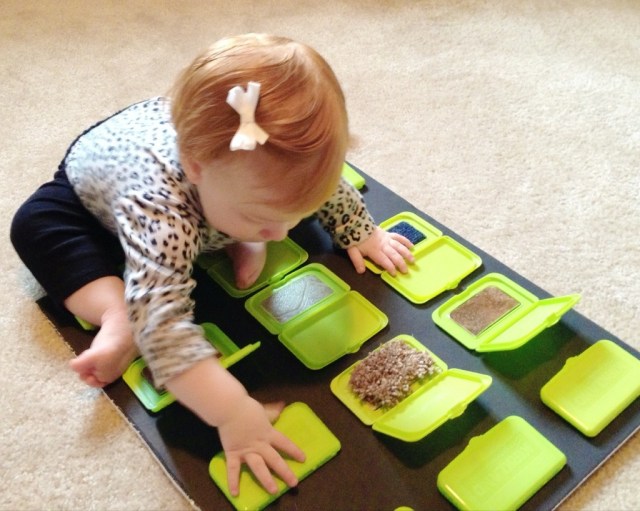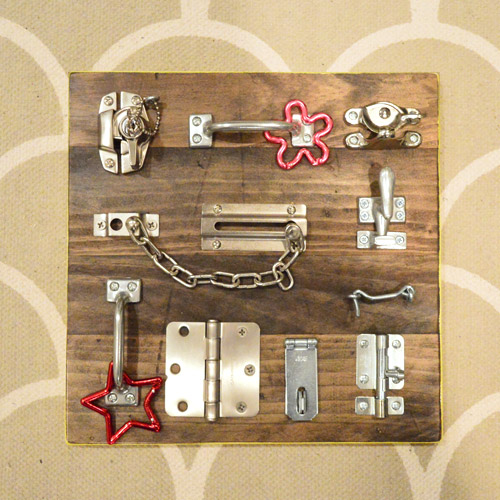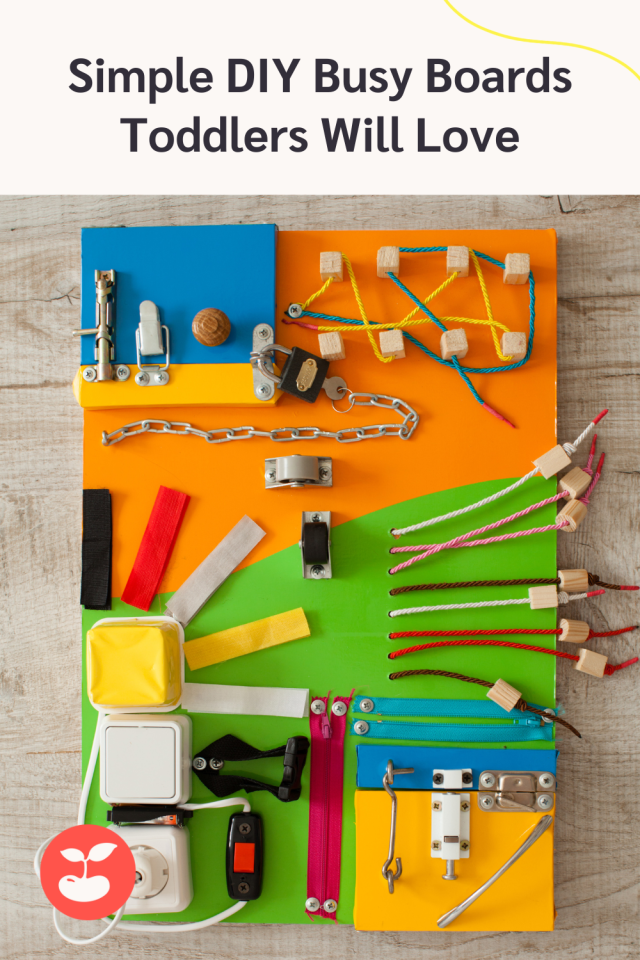It’s the most wonderful time of the year for crafters! Mini makers (and their parents) can get in on DIY holiday fun with these at-home projects. From embroidering a Christmas ornament to assembling the perfect gingerbread house, these take-and-make kits are a quick cure for cabin fever or the perfect boredom buster on a cold day or. The best thing about these crafts? Once you pick up a few simple supplies, you can spend quality fam time creating at home – no masks or distancing required!
Build a Gingerbread House

Who doesn’t love a beautiful gingerbread house at Christmas? But baking and building one from scratch can be frustrating. So save yourself the stress and buy this kit from the Gingerbread House Queen herself, Randi Brecher of Creative Cakes, and use her tips for building a classic (and sturdy!) house out of gingerbread. The kit is $65 and comes complete with all the gingerbread pieces, icing mix, an icing bag, and a bag each of sugar decorations, candy, and plastic decorations. This craft is best for kids who have a lot of patience because you do need to allow plenty of time between steps to ensure the house stands up to the chilly winds of winter.
Creative Cakes
8814 Brookville Road
Silver Spring, MD 20910
(301) 587-1599
Online: creativecakes.com
Decorate Christmas Cookies (or Cakes!)

Holiday baking and decorating is a time-honored tradition. But who has time for all that baking? Save some time and get straight to the fun part – decorating – by ordering these cookie decorating kits from Cake Time. You can order a kit with a dozen cookies, three colors of Royal icing, sprinkles and instructions for $25. Prefer cake over cookies? They have Christmas cake decorating kits for $45! You can place your order online and pick it up or have it delivered. Outside the DC area? They ship too!
Cake Time
4300 Chantilly Shopping Center, Ste #1H
Chantilly, VA 20151
(703) 657-0999
Online: caketimediy.com (local orders)
Needlepoint a Christmas Pillow
Let each kid choose their favorite design and Susan at The Point of It All will provide the canvas and fibers needed to produce it. Once everyone has stitched their canvas, return it to Susan and it will be sent off to make a beautiful (and memorable) pillow. You can also opt to have it turned into an ornament if you’d prefer! While the shop is closed to walk-in shopping, you can make your selections online and arrange for pickups/drop-offs at Susan’s home.
The Point of It All
5232 44th Street, NW, Suite 1
Washington, DC 20015
(202) 966-9898
Online: thepointofitallonline.com
Make Your Own Christmas Village

Love the cozy feel of a Christmas Village decoration but no time to put it out (and keep little hands from grabbing it?). Get the same feel with this easy-to-make, kid-friendly Holiday Houses craft kit. All you need is the kit and a glue stick or some double-sided tape. Each kit contains eight houses, so you can get one kit for the whole family or let each kid make their own kit. Perfect for kids ages 6+, this is super easy to assemble and doubles as adorable and cozy Christmas décor.
Paper Source
3019 M Street Northwest
Washington DC 20007
(888) 727-3711
Online: papersource.com
Paint Christmas Pottery
All Fired Up has two holiday pottery bundles available for home crafting. Their Christmas Bundle includes a Santa Bag, two flat ornaments of your choice, six pre-selected paint colors (with additional colors for $1/each), and brushes. The Winter Bundle contains a Snowman bag, Snowman dish, four pre-selected paint colors (additional colors $1/each), and brushes. When you place your order, you can choose to pick it up at one of their two locations or have it delivered for a $20 delivery fee. This is a simple yet fun craft that any kid will love.
All Fired Up
Cleveland Park
3413 Connecticut Ave.
Washington, DC 20008
(202) 363-9590
Bethesda
4923 Elm Street
Bethesda, MD 20814
(301) 654-3206
Online: allfiredupdc.com
Winter Wonderland Water Sensory Bottle
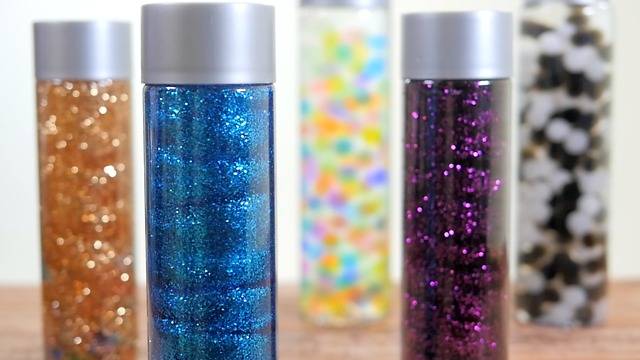
Got a little one who loves Frozen and Elsa? Then they’ll love this water sensory bottle that’s reminiscent of Elsa’s frozen castle with silver and blue glitter! The instructions are super simple and it uses materials you can get anywhere – and you might even have some of them in the house already. And you can make this water sensory bottle with anything you want, so if your kiddo’s not a fan of silver and blue or you want to skip the glitter, there are plenty of other options. Check out the video for complete instructions.
Online: nationalchildrensmuseum.org
Embroider Holiday Ornaments
Swing by Shop Made in DC for a complete kit to make your own embroidered holiday ornament. The $30 kit has everything you need to make one ornament that will eventually be a cherished memory for both you and your kiddo. Unable to go out and pick it up? That’s okay – they deliver too!
Shop Made in DC- Dupont Circle
1710 Connecticut Ave NW
Washington, DC 20009
(202) 270-4065
Shop Made in DC - Wharf
10 District Square SW
Washington, DC 20024
(202) 270-1529
Shop Made in DC - Georgetown
1533 Wisconsin Avenue NW
Washington, DC 20007
(202) 905-5799
Shop Made in DC - ROOST
1401 Pennsylvania Avenue
Washington, DC 20003
Online: shopmadeindc.com
—Wendy Miller
RELATED STORIES:
Safe St. Nick: The Best Places to See Santa
The Top Holiday Gifts of 2020 for Every Age & Stage
30 Meaningful Ways to Spend Time Together in December





